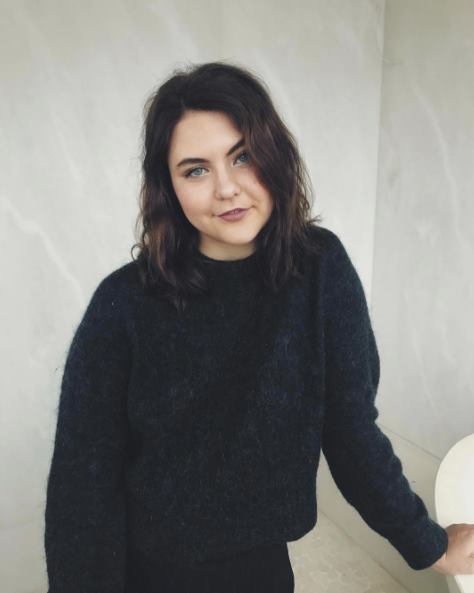Daniela Rossell, Mexican, born 1973
Untitled (Janita Harem Room, Villa Arabesque, Acapulco, Mexico) from the series Ricas y Famosas, 2001
Chromogenic print
30 x 40 in.
Purchased through gifts from Charles W. Gaillard, Class of 1962, Kenneth I. Reich, Class of 1960, James and Susan Wright, Lee and Marguerite Berlin, Karen Berlin, Class of 1989, Elizabeth E. Craig, Class of 1944W, Jan Seidler Ramirez, Class of 1973, and the Class of 1952. Selected by participants in the seminar "Museum Collecting 101": Sarah Bohlman, Class of 2004, Jeffrey Cooperman, Class of 2006, Joanne Kim, Class of 2005, Amy Kurtz, Class of 2006, Sarah Murray, Class of 2004, Rolaine Ossman, Class of 2004, Arielle Ring, Class of 2007, Catherine Roberts, Class of 2005, Emily Salas, Class of 2006, Liz Seru, Class of 2004, Eleanor Smith, Class of 2004, Miell Y. Yi, Class of 2002; PH.2004.18
© Daniela Rossell, courtesy of Greene Naftali Gallery, New York


















